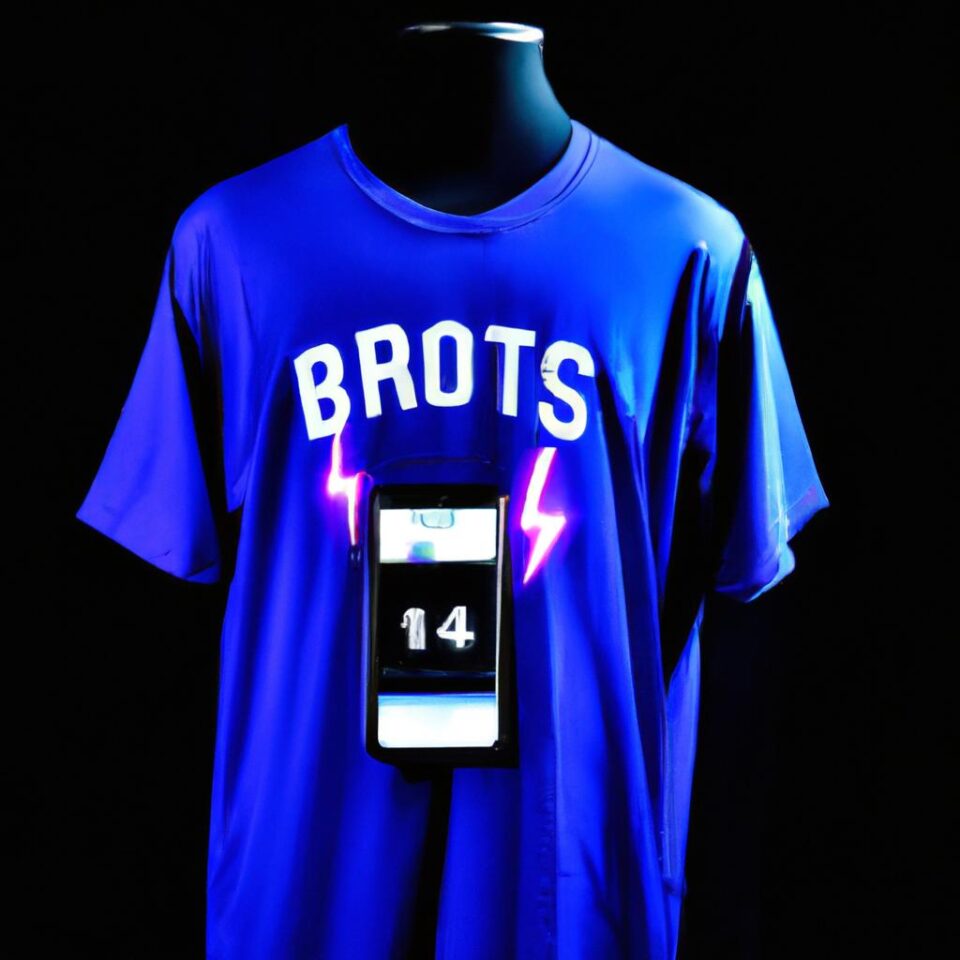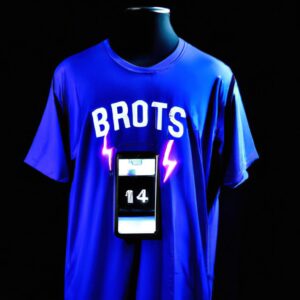Sports Event Technology: Innovations Enhancing the Fan Experience
Technology is drastically changing the way we experience sports events. Whether it’s attending a game in a stadium, watching on television, or streaming on a mobile device, technology can make a huge impact on what we see and hear when we enjoy sports – it really can feel like you’re right there in the action!
In this guide, we’ll cover recent technological advances in the sports event industry, the benefits that these innovations bring to viewers and fans, case studies that illustrate how technology can improve the fan experience, cost and logistical considerations, potential challenges and future advancements.
Let’s dive in and explore how sports event technology is transforming the way we watch and play sports!
Recent Innovations for Enhancing the Fan Experience
The modern sports event industry is constantly striving to provide the most exceptional fan experience possible. In recent years, technological advances have made it easier than ever before to give viewers an immersive experience where they can feel connected to their favorite sports teams and athletes from anywhere in the world. From augmented reality (AR) to livestreaming capabilities, there are countless ways in which sports technology is revolutionizing how fans experience events.
One of the most popular technologies employed in the sports arena is augmented reality (AR). This involves using computer graphics and virtual elements to enhance a live-action setting, allowing viewers to interact with their environment in an innovative way. For example, when watching a basketball game, AR could be used to virtually simulate players’ stats, giving fans a more interactive experience.
Virtual reality (VR) is another technology that is becoming increasingly common in the sports event industry. Unlike AR, VR can completely immerse users in a digitally created universe, allowing them to explore their own personal environment and interact with objects within it. By using VR, fans can experience events from a different perspective, making them feel closer to the action.
Live streaming capabilities have also been developed to provide sports fans with access to events as they happen. This has provided an invaluable resource for those who cannot physically attend the event, but still wish to follow the action. Moreover, livestreaming has allowed viewers to access real-time match analysis, commentary, and much more.
These three technologies are just some of the ways in which the sports event industry is using technology to enhance the fan experience. As technology continues to evolve, the possibilities for providing an even better fan experience are endless.
Benefits of Technology
Sports event technology has been on the rise in recent years and the benefits to viewers and fans have been considerable. Viewers are now able to watch their favorite sports events from the comfort of their own home with the help of live streaming services, giving them a closer connection to the events they love. Additionally, advancements such as virtual reality and augmented reality can create more immersive experiences, allowing viewers to be part of the action.
Technology has also helped to increase fan engagement. Live streams of events can be interactive, giving fans a chance to offer their feedback or ask questions about the events they’re watching. This can give viewers a stronger sense of involvement in the events as if they were there in person.
Furthermore, technology can improve safety for events, with sensors and cameras monitoring the crowds and real-time analytics providing useful data for event organizers. Automated systems can also help to streamline the organization of events and reduce costs for event producers.
Examples – Case Studies:
The use of technology in sports is revolutionizing both the game itself and the experience for the viewer. To illustrate this, consider the case study of the National Basketball Association (NBA) and their use of advanced analytics to better understand the game. By tracking players’ movement, teams can gain valuable insights into who is performing at what level, as well as how lineups adjust to the flow of the game. This data can also be used to create customized experiences for viewers, such as providing highlights and replays of key moments.
At the college level, technology has been used to improve the recruitment process by streamlining scouting and helping coaches make more informed decisions when evaluating potential recruits. Technology has also been used to boost fan engagement by allowing digital interactions between players and fans, as well as providing access to games and other content that was traditionally only available on television. Finally, some colleges are implementing virtual reality experiences to give fans a more immersive experience.
In soccer, another example of sports event technology enhancing the fan experience is the use of virtual assistant referees to review contentious decisions. The system uses video replays and artificial intelligence to make decisions in less than fifteen seconds, eliminating costly delays within a game. This technology also helps reduce the human error element to decisions on the field, improving the accuracy and fairness of the game.
Technology has also been used in motorsports, such as Formula 1, to analyze driver performance and track cars during races. This data can then be used to optimize the setup of the car to the track and weather conditions. Technology has also been used to help spectators have a better view of the race, such as the use of augmented reality overlays or an interactive 3D map. Finally, some tracks are now offering fans a chance to get up close and personal with the drivers through virtual reality.
These case studies demonstrate how the use of technology has improved the fan experience in numerous ways, from providing key insights into the game to creating a more immersive viewing experience. As technology continues to advance, it is likely that new and exciting ways will be found to incorporate it into sports events, further enhancing the fan experience.
Cost & Logistical Considerations
Bringing tech to sports events can be a very costly endeavour. Not only due to the costs of the technology itself, but also the additional operational costs associated with introducing it. Installing and running new technology in stadiums and sporting arenas requires extra staff, infrastructure investments, and plenty of hours of maintenance. This is why many sports organisations are hesitant to bring in new and innovative technologies, as they may not be cost-efficient in the long run.
Another major logistical issue is ensuring that the technology chosen is compatible with current systems, and that it can be integrated into existing networks and equipment. This can be especially challenging if technology needs to be retrofitted into existing stadiums or sporting arenas. Additionally, it is important to consider the security measures necessary when introducing new technology into a venue, and ensuring that the data collected by these technologies remains safe.
Challenges & Future Advances
Sports event technology can be an incredible asset for fans and radically change the way we experience sports. Despite all of its potential benefits, there are a few considerations to make before making use of this technology. From cost considerations to logistical issues, implementing the right sports event technology can be a challenge.
The cost of incorporating sports event technologies into an event can be high, as many of these technologies need to be purchased or leased. Furthermore, bringing in the right personnel to manage the technology can also add to the expense. Logistical considerations can also be a hindrance, as certain technologies require specific hardware, software, and data storage capabilities. Ensuring that these components are up and running prior to the event can be costly and time-intensive.
Despite these challenges, the future of sports event technology looks promising. Companies are developing products that could greatly improve the fan experience, such as virtual reality headsets and portable screens that can be used to watch games from anywhere in the stadium. Additionally, companies are leveraging artificial intelligence and analytics to help boost the effectiveness of sports events. As these technologies evolve and become more affordable, they could potentially revolutionize the way we experience sports.
Conclusion
Sports events are becoming increasingly popular and technology is playing a major role in improving the fan experience. Through innovations such as augmented reality (AR), virtual reality (VR) and livestreaming, fans are able to enjoy a more immersive and engaging experience. Moreover, by providing access to real-time data, fans are given a much better understanding of the action taking place on the field or court. Additionally, technological advances have made it easier for venues and organisations to plan and execute events more efficiently.
However, there are certain financial and logistical challenges that come along with making use of sports tech. Nonetheless, the potential benefits far outweigh any negatives, and as such it is important for both teams and venues to embrace technological advancements so that they can provide the best possible fan experience.
comments: 0

